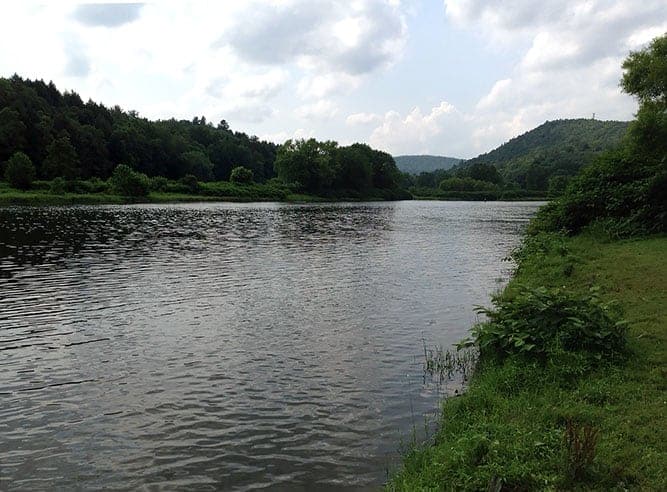National Geographic to promote geotourism along the Delaware
NATIONAL GEOGRAPHIC wants to help build geotourism around the Delaware River.
It’s starting a conversation with people from communities that touch the river’s two national parks: the Upper Delaware Scenic and Recreational River, which stretches from Hancock, N.Y. to Port Jervis, N.Y., and the Delaware Water Gap National Recreational Area, which stretches from just below Milford, Pa., to just beyond the Delaware Water Gap.
National Geographic’s partner in the process is the National Parks Conservation Association and its field representative, John Beljean, came to talk to the Upper Delaware Council on Sept. 3 about the plan, which he said is in its early stages, with a public announcement expected in October.
Learn More
John Beljean can be reached via email at jbeljean@NPCA.org.
But Beljean stressed that the real partnership is with the communities that are involved. He explained that National Geographic is giving the communities a framework for them to build the sort of geotourism that makes sense to their specific locale. The William Penn Foundation based in Philadelphia is underwriting the project for two years.
National Geographic defines geotourism as “tourism that sustains or enhances the geographical character of a place — its environment, culture, aesthetics, heritage, and the well-being of its residents." Its geotourism site is travel.nationalgeographic.com.
National Geographic has helped to build, according to Beljean, more than 20 different geotourism sites around the world, most notably in Yellowstone, yellowstone.natgeotourism.com.
There are several stages to the development of geotourism in this area. First, a local stewardship committee is formed. Usually 25-30 people whose job, he said, “was to encourage responsible tourism and discourage irresponsible tourism.”
That committee then reviews ideas from anyone who cares to make a suggestion and that committee is the one that decides what the plan will be. The National Geographic website says the plan is “a travel guide to the places most respected and recommended by locals.”
Beljean noted that “geotourists spend a lot more time in an area as well as a lot more money.”

